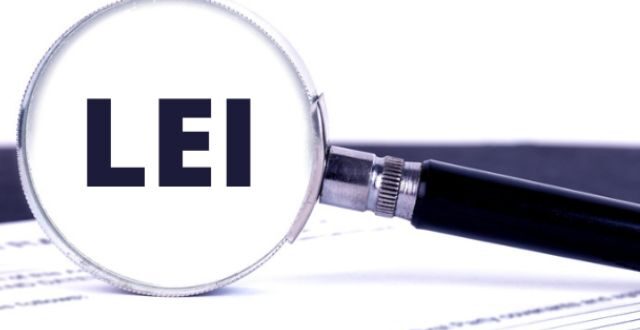In the intricate and often opaque world of finance, tools that enhance clarity and transparency are indispensable. Among these, the Legal Entity Identifier (LEI) has emerged as a linchpin, particularly in risk management.
This article sheds light on the vital role LEIs play in identifying, mitigating, and managing financial risks, serving as a beacon of clarity in the complex financial seas. The pivotal role of the LEI Register in maintaining this clarity is also integral to understanding its impact.
Understanding Legal Entity Identifiers
An LEI is a distinct 20-character alphanumeric code that uniquely identifies each legal entity involved in financial transactions. This global standard, conceived in the aftermath of the 2008 financial crisis, strives to provide a transparent and uniform method for pinpointing entities within the financial ecosystem.
By doing so, it lays the groundwork for a more organised and decipherable financial world, where entities are not just numbers but clearly defined participants.
The Role of LEIs in Risk Management
Risk management is about identifying, appraising, and mitigating threats to an organisation’s fiscal well-being. In this context, LEIs prove to be pivotal for a multitude of reasons:
Enhancing Transparency and Clarity
At its core, the purpose of an LEI is to identify legal entities partaking in financial dealings unambiguously. This transparency is crucial for precise risk assessment and effective management, eliminating the haziness that can lead to financial missteps. It serves as a beacon, guiding risk managers through the fog of complex corporate structures and intricate financial networks.
Facilitating Counterparty Identification
In modern financial transactions, discerning counterparties can be a formidable task. LEIs simplify this by providing a standardised identifier, indispensable for evaluating counterparty risk with precision and confidence. This not only streamlines the identification process but also instils a level of certainty that is often lacking in high-stake financial decisions.
Streamlining Compliance and Reporting
Complying with regulatory mandates often entails meticulous reporting on financial activities. LEIs assist in this process by offering a consistent approach to identifying entities, thereby reducing errors in reporting and simplifying compliance tasks.
The LEI Register plays a crucial role in ensuring the accuracy and accessibility of this information, which is critical for monitoring and maintaining financial stability.
Aiding in Exposure and Concentration Analysis
Risk managers are often tasked with assessing exposure and concentration levels within their portfolios. LEIs facilitate this process by enabling efficient identification and categorization of entities, which enhances the accuracy and expedites these analyses.
This not only saves valuable time but also provides a clearer picture of the risk landscape, allowing for more informed and strategic decisions.
Mitigating Systemic Risk
On a more expansive scale, LEIs help mitigate systemic risk in the financial system. By fostering transparency, they empower regulatory bodies and financial institutions to comprehend market interconnectedness and potential ripple effects better.
This understanding is critical in preempting financial crises and ensuring the resilience of the financial system as a whole.
LEIs and Global Financial Stability
As finance grows increasingly global and complex, the significance of LEIs in risk management is expected to intensify. Their capacity to provide unambiguous identification will be increasingly crucial in safeguarding global financial stability and mitigating cross-border financial risks.
The adoption and consistent use of LEIs across nations can act as a unifying force, fostering international cooperation and understanding in the financial domain.
Conclusion
Legal Entity Identifiers are more than just identification tools; they are foundational pillars in the risk management architecture. By offering clarity and enhancing transparency, they enable more informed, accurate decision-making in finance.
As we navigate an ever-evolving financial landscape, the role of LEIs in safeguarding against risks and upholding the integrity and robustness of financial systems worldwide is poised to grow ever more crucial.
 khamush.com Lifestyle | Motivation | Poems
khamush.com Lifestyle | Motivation | Poems



